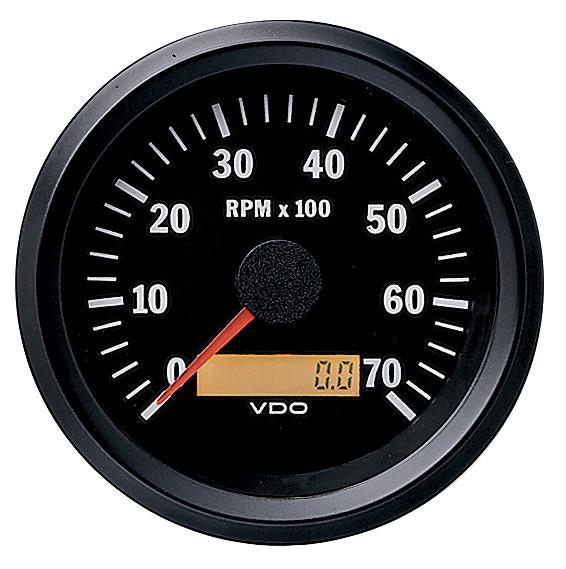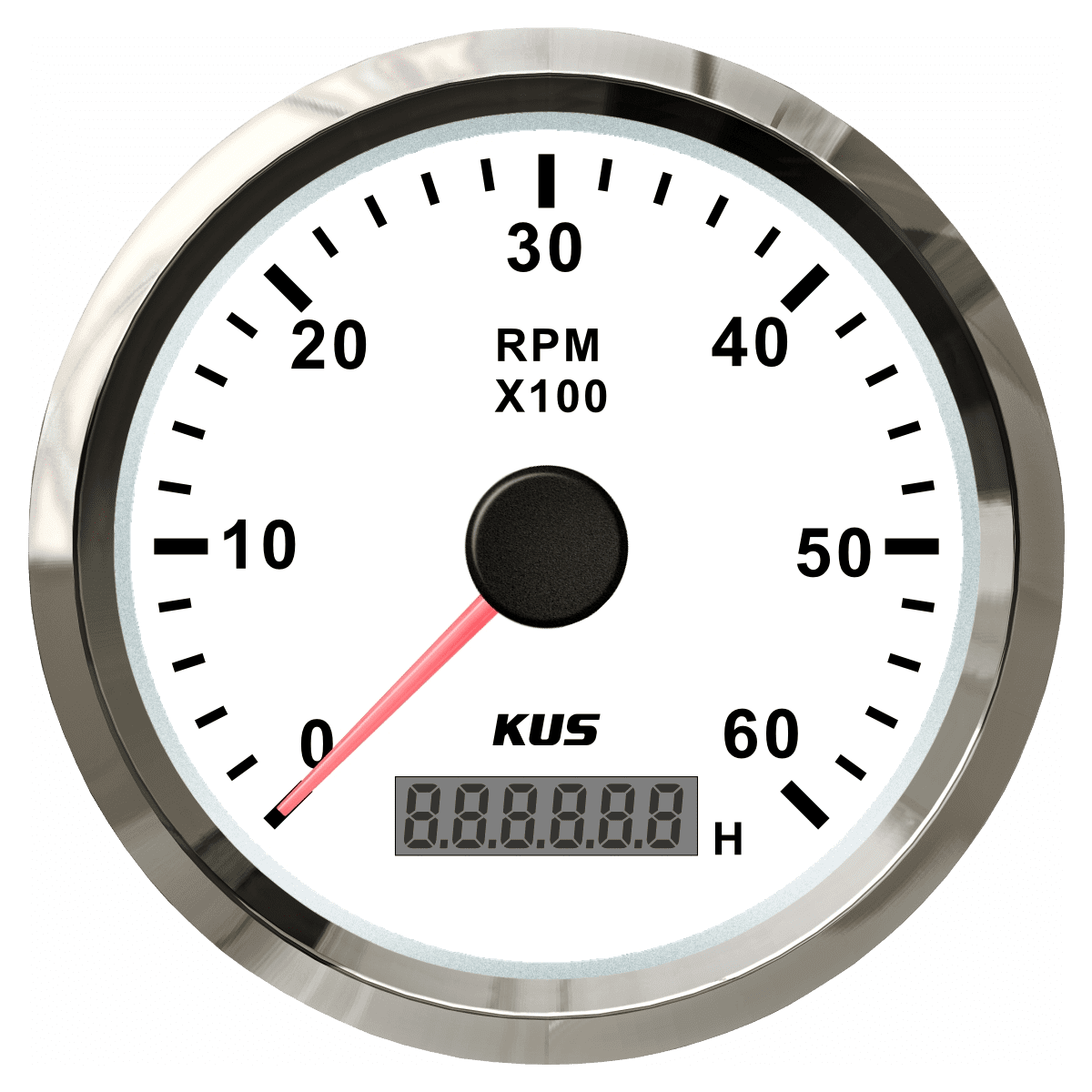Just how to Select the Right Tachometer for Your Cars And Truck or Motorcycle
Just how to Select the Right Tachometer for Your Cars And Truck or Motorcycle
Blog Article
The Relevance of a Tachometer in Checking Engine Speed and Performance in Automotive Applications
In the realm of vehicle design, the tachometer stands as an essential instrument in the chauffeur's toolbox, giving a straight window into the inner functions of a vehicle's engine. Beyond its function as a simple gauge of revolutions per min (RPM), the tachometer offers as a crucial tool for lovers and experts alike, using real-time insights right into engine efficiency and health and wellness. Understanding the value of this gadget surpasses surface-level monitorings, delving into the complex relationship between engine speed, power result, and general driving experience. As we explore the complex duty of the tachometer in auto applications, a deeper gratitude for its effect on lorry dynamics and effectiveness starts to arise.
Significance of Keeping An Eye On Engine RPM
Keeping an eye on engine RPM, or transformations per minute, is a critical aspect of automotive maintenance and performance assessment. Engine RPM straight associates with the rate at which the engine's crankshaft turns, suggesting how promptly the engine is running - tachometer. By keeping an eye on RPM, technicians can analyze the wellness of the engine, find potential issues, and fine-tune efficiency. An irregular RPM analysis might indicate issues such as engine misfires, malfunctioning ignition system, or issues with the gas shipment system. Consistently high RPM analyses can show hostile driving routines or the demand for a higher equipment change to boost fuel performance.
Additionally, keeping track of engine RPM is vital for performance assessment in auto racing and high-performance cars. In summary, monitoring engine RPM is not only crucial for finding issues yet also for enhancing engine performance in numerous vehicle applications.

Advantages of Real-Time Data
In automotive applications, real-time information plays a crucial role in offering instant understandings right into the efficiency and condition of the automobile. By continually keeping track of various specifications such as engine speed, temperature, fuel consumption, and extra, real-time information supplies countless advantages that contribute to enhanced efficiency and safety and security when traveling.
One substantial advantage of real-time data is its capability to sharp vehicle drivers and professionals to any anomalies or concerns immediately. This aggressive strategy makes it possible for quick identification of prospective problems, enabling prompt treatments to avoid additional damage or break downs. Additionally, real-time information promotes efficiency optimization by supplying instant comments on driving routines and engine efficiency. Vehicle drivers can change their behavior in real-time based upon this details to accomplish better fuel economic situation and prolong the lifespan of their automobile.

Additionally, real-time information plays an essential function in modern automotive diagnostics, making it possible for service technicians to rapidly detect and deal with malfunctions. This results in decreased click this downtime, lower maintenance prices, and inevitably, improved total car dependability and long life (tachometer). By utilizing the power of real-time information, automotive stakeholders can make enlightened decisions that favorably affect both the performance and long life of the vehicle
Effect on Equipment Shifts
The tachometer plays a crucial duty in optimizing equipment changes by providing real-time engine rate information to the driver. When approaching the redline on the tachometer, it signals the motorist to upshift to prevent over-revving the engine and causing possible damage.
Furthermore, the tachometer help in attaining smoother gear shifts, particularly in hand-operated transmissions. By checking engine rate, motorists can execute equipment changes at the ideal RPM array, decreasing snagging motions and decreasing wear on the transmission components. This precision on duty adjustments not just boosts driving convenience yet also adds to fuel effectiveness.
Enhancing Fuel Effectiveness
Given the essential function the tachometer plays in optimizing gear changes for efficiency and engine health and wellness, it directly contributes to making the most of fuel performance in vehicle applications. By supplying real-time responses on engine rate, the tachometer aids motorists in maintaining one of the most effective RPM range for gas economy. When vehicle drivers continually keep track of the tachometer and change their motoring behaviors appropriately, they useful link can prevent unnecessary fuel intake triggered by over-revving or carrying the engine.
In addition, the tachometer helps motorists identify one of the most fuel-efficient equipment to be in at any provided moment, protecting against the engine from working more difficult than needed. This is particularly crucial you could check here during velocity and travelling, where remaining in the appropriate equipment can dramatically impact gas efficiency. Additionally, the tachometer can signal vehicle drivers to potential mechanical concerns that can be adversely affecting fuel economic situation, such as a sliding clutch or a blocked air filter. To conclude, the tachometer works as a beneficial device in boosting fuel efficiency by promoting optimal driving habits and recognizing locations for renovation in the car's performance.

Making The Most Of Engine Longevity
The tachometer's function in monitoring engine rate and efficiency is important in guaranteeing the durability of automobile engines. Checking the tachometer permits motorists to remain within the recommended RPM array for their automobile, stopping unneeded pressure on the engine and prolonging its life-span.

Final Thought
Finally, the tachometer plays a critical role in keeping track of engine speed and performance in automobile applications. By supplying real-time data on RPM, it allows for efficient equipment changes, enhanced fuel performance, and optimized engine longevity. This device is important for preserving optimum engine performance and making certain the overall performance of a lorry.
Report this page